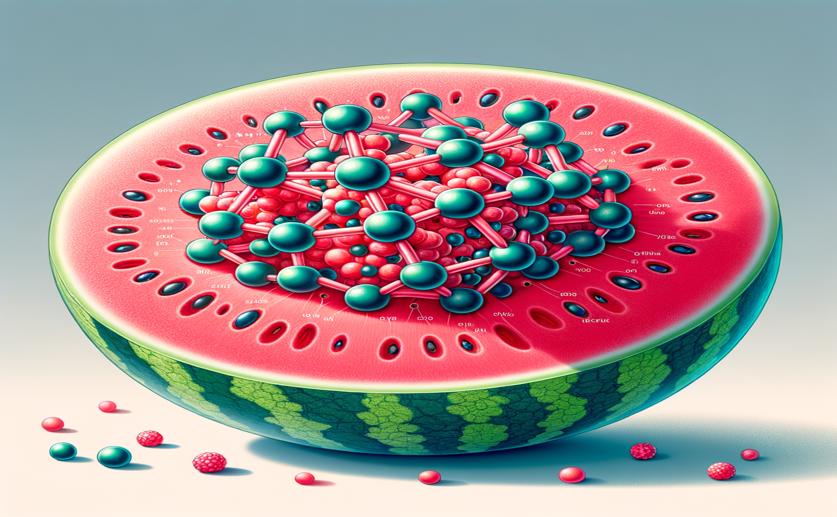
How a Specific Protein Controls the Pink Color in Watermelons
Greg Howard
11th May, 2024

Image Source: Natural Science News, 2024
Key Findings
- Scientists discovered a gene, Clpf, that gives watermelons their pink flesh color
- The gene ClPPR5 affects the amount of carotenoids, which are important for human health
- This knowledge could lead to breeding watermelons with higher nutritional value
References
Main Study
1) Clpf encodes pentatricopeptide repeat protein (PPR5) and regulates pink flesh color in watermelon (Citrullus lanatus L.).
Published 10th May, 2024
https://doi.org/10.1007/s00122-024-04619-8
Related Studies
2) Carotenoids in human nutrition and health.
3) Arabidopsis emb175 and other ppr knockout mutants reveal essential roles for pentatricopeptide repeat (PPR) proteins in plant embryogenesis.
Journal: Planta, Issue: Vol 221, Issue 3, Jun 2005
4) Changes in color-related compounds in tomato fruit exocarp and mesocarp during ripening using HPLC-APcI(+)-mass Spectrometry.



 24th January, 2024 | David Palenski
24th January, 2024 | David Palenski